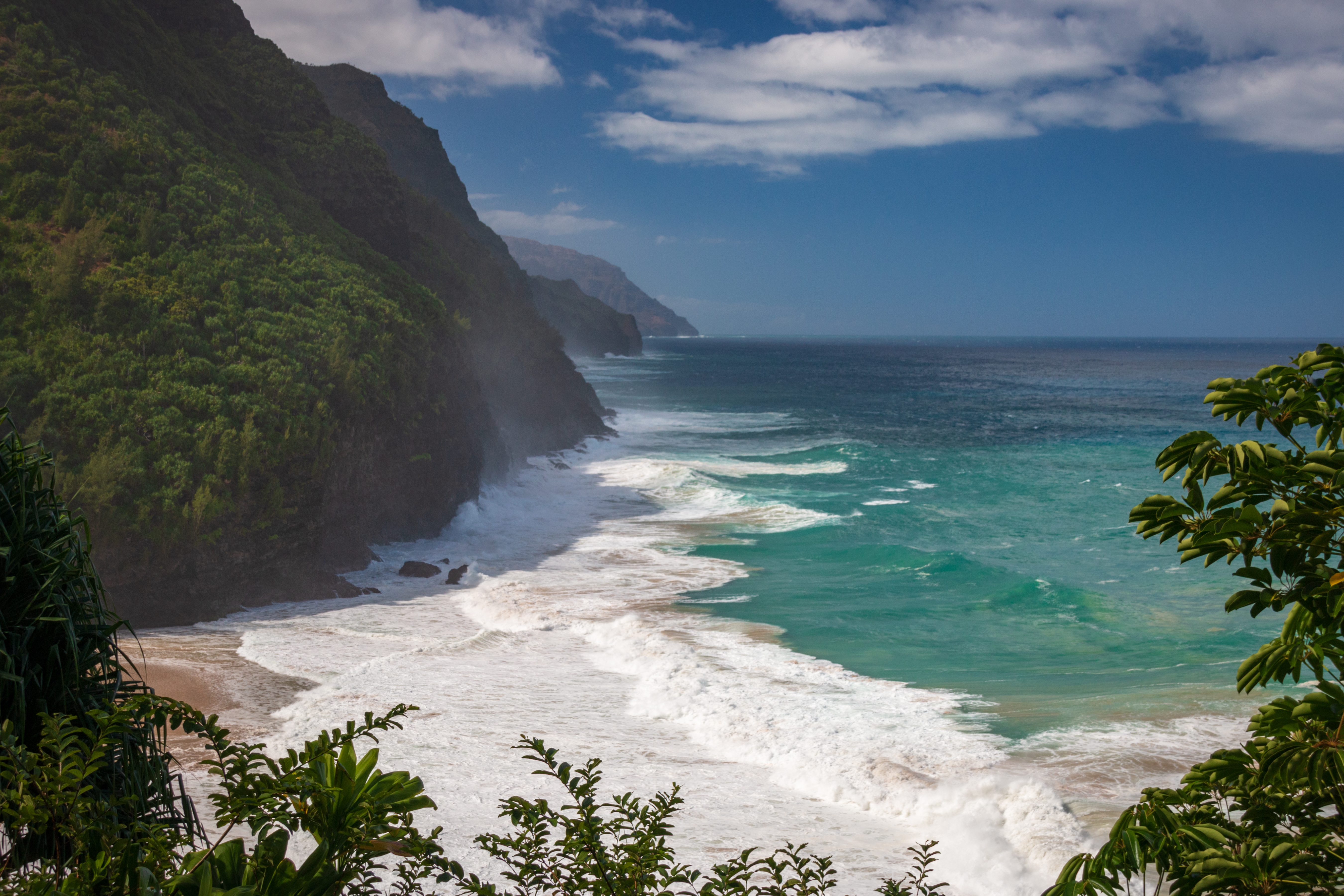Looking for your next summer getaway? There are plenty of beach destinations where you can get your fix of sun and the sand between your toes in safety, but if you fancy a walk on the wild side, the world’s most dangerous beach might be the place for you.
Danger is a difficult thing to measure, (although try telling that to the person making you fill out a risk assessment for your work trip) and lots of people will evaluate it differently.
If you deem it to be a place with some big, scary animals, then some have suggested the title should go to Cape Tribulation in Australia.
Let’s get things straight – this place really is amazing. The area marks a crossover point between two UNESCO World Heritage Sites, the Daintree Rainforest portion of the Wet Tropics of Queensland and the Great Barrier Reef, and is home to a breadth of unique flora and fauna.
But there’s also no denying that “Tribulation” is an appropriate name for the headland if you don’t have your wits about you with its wildlife, a list packed with creatures that many of us would probably love to see, but preferably from a nice, safe, “I have enough time to leg it to my car” distance.
Top of that list is the Southern cassowary, often called the world’s most dangerous bird. They might not be able to fly, but these neon-blue-necked aves also come fit with razor-sharp claws that are more than capable of killing a human.
Thankfully, meeting your end at the claws of a bird that looks like the colors got mixed up at the emu factory is pretty rare. They’ll usually stay away from you if you stay far enough away from them, which is a good idea anyway considering humans are the main reason why they’re at risk of extinction.
Cape Tribulation is also home to crocodiles, with warning signs posted around rivers, popular swimming holes, and on the beach. During the warmer months, the waters also play host to an increased number of stinging jellyfish – box jellyfish and Irukandji can be spotted along the coast here.
Not everyone considers animals to be the most dangerous thing about a beach though, particularly if you’re sensible and encounters are rare – plenty are far more wary of the sea.
That certainly should be the case at Hanakāpīʻai Beach in Hawai’i. It might be tempting to take a dip in the clear blue waters, but swimming here is not recommended – there’s even a sign with a tally showing the over 80 deaths that have occurred here due to powerful rip currents.

The waters here are more than a bit sketchy.
Image credit: A. Emson/Shutterstock.com
“The surf and rip currents are variable and often extremely treacherous, but worst in winter when high surf conditions prevail. DROWNINGS OCCUR HERE REGULARLY!” says the Department of Land and Resources of Hawai’i on its website.
All of this is not to say you shouldn’t visit these places – you’d be missing out on a lot if you did. Just be sensible and stick to the advice given by local authorities.
And maybe don’t try to pat a cassowary.
Source Link: Where Is The World’s Most Dangerous Beach?